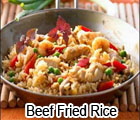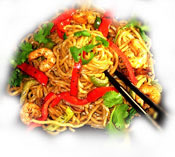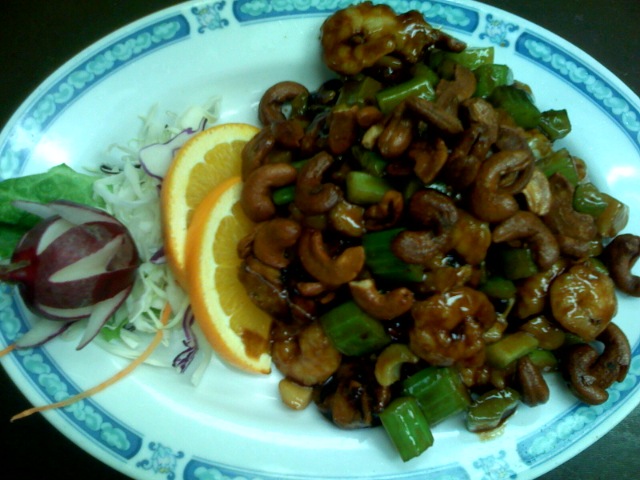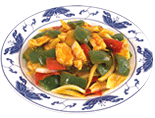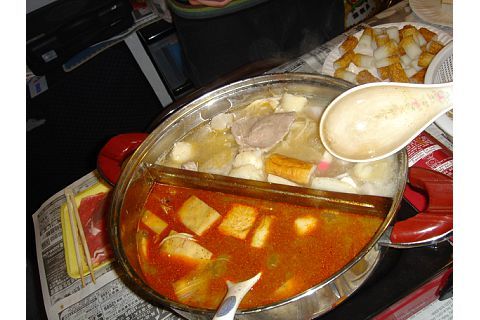
Embroidery is a traditional Chinese craft which consists of pulling colored threads through a background material with embroidery needles to stitch colored patterns that have been previously designed on the ground. The adoption of different needling methods resulted in different embroidery styles and technique schools. Chinese embroidery had already reached a high level early in the Qin and Han Dynasties, and silk and embroidery were the main products transported along the ancient Chinese Silk Road. The four famous Chinese embroidery styles are the Su embroidery of Jiangsu Province, the Xiang embroidery of Hu'nan Province, the Yue embroidery of Guangdong Province and the Shu embroidery of Sichuan Province.
Su embroidery has a history of over 2,000 years. It was produced on a large scale during the Song Dynasty. In the late Ming Dynasty and early Qing Dynasty, Shen Shou absorbed Japanese and Western fine art sand combined them with traditional Chinese embroidery skills to create the simulated embroidery with ray effects. In the 1930s, the irregular embroidery technique was created in the Zhengze Girl's Vocationa1 School in Danyang. In 1957, the Embroidery Research Institute was established in Suzhou. Su embroidery is known for its delicacy and elegance. The design is usually very simple, high lighting a main theme. Its stitching is smooth, dense, thin, neat, even, delicate and harmonious. The thin thread is divided into up to 48 strands that are barely visible to the naked eye. Double-sided embroidery has the same pattern on both sides and uses the same embroidering method that does not show the joins in the stitches. Su embroidery products were sent to participate in the Panama World Fair in 1915. Since then, the style has become increasingly famous throughout the world.
Xiang embroidery was initiated in the Chu Kingdom of the Warring States Period. It had become the main craft in places around Changsha, capital city of Hunan Province, in the Qing Dynasty Xiang embroidery was developed from Hunan folk embroidery methods, but it also drew on the skills of Su embroidery and Yue embroidery. Xiang embroidery products use loose colorful threads to embroider the pattern and the stitches are not as neat as those of other embroidery styles. The various colored threads are mixed together, showing a gradual change in color with a rich and harmonious tone. Designs on Xiang embroidery mostly derive from traditional Chinese paintings of landscapes, human figures, flowers, birds and animals. The most common designs on Xiang embroidery are lions and tigers. The tigers appear strong and bold, revealing their power and menace as a king of animals. Xiang embroidery won the best award in the Torino World Fair in Italy in 1912 and the First Award in the Panama World Fair in 1933. Xiang embroidery is known abroad as the ideal embroidery.
Yue embroidery was entirely developed in the Tang Dynasty Ancient Chinese craftsmen used peacock feathers twisted together as the embroidering thread to stitch the ornamental designs; horsetail was used to stitch the outline to make the work more expressive. The designs of Yue embroidery are rich and complicated in content with bright colors and strong decorative effects. The embroidery is smooth and even. One type, gold and silver cushion embroidery, creates a magnificent three-dimensional effect Yue embroidery has a wide range of designs, the most common ones being birds worshipping the sun, dragons and phoenixes. Yue embroidery includes the Guang and Chao branches which have different stitching styles.
Shu embroidery products are mostly found in Chengdu, the capital city of Sichuan Province. They are made with soft satins and colored threads as the raw materials are embroidered by hand. The varied stitching methods form their unique local style' Designs on Shu embroidery include flowers, birds, landscapes, fish, worms and human figures. The products themselves include quilt covers, pillow covers, back cushions, table cloths, scarves and handkerchiefs.
Besides the four major embroidery styles, there are Ou embroidery of Wenzhou, Zhejiang Province, Bian embroidery of Kaifeng, He'nan Province, and the Han embroidery of Wuhan, Hubei Province.
 PREVIOUS
PREVIOUS
